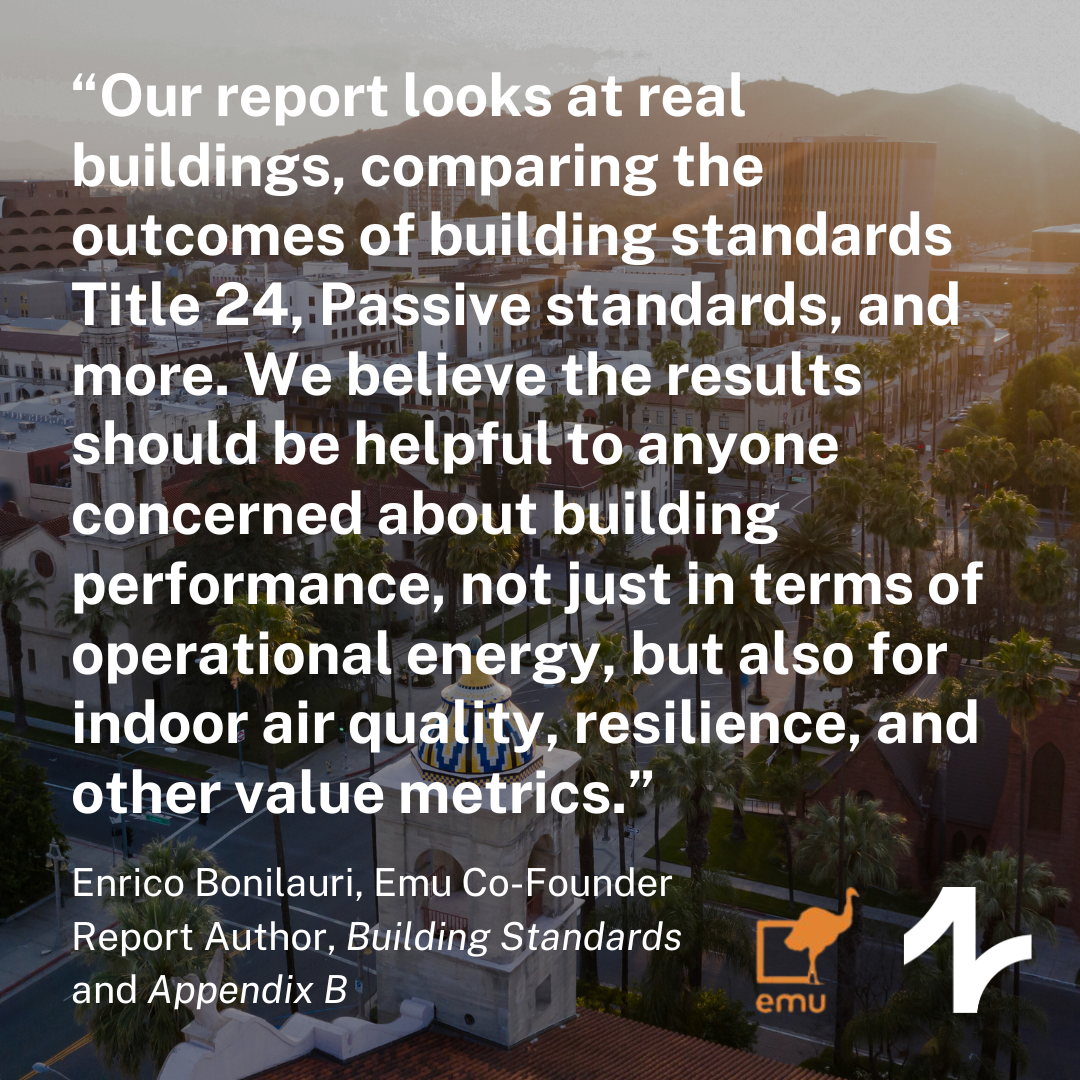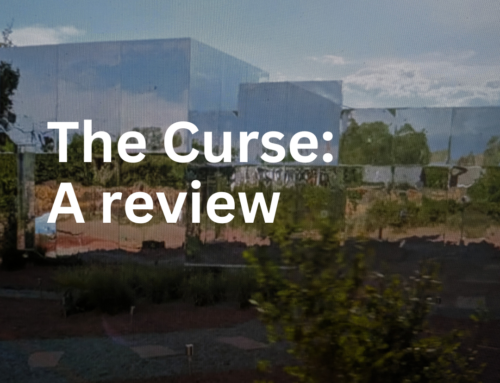New analysis finds Passive House designs for single-family homes will best protect Californians’ health, safety, and comfort from worsening impacts of climate change
Well-sealed, highly energy efficient green building design is barely scratching the surface of its potential in California
SAN FRANCISCO — As extreme heat, wildfire smoke, and climate disasters have battered California in recent years, a new analysis published Wednesday, Nov. 29, finds that constructing new single-family homes to all-electric Passive House standards is the best way to protect residents from the worsening impacts of climate changes, while also safeguarding power grids as the state transitions to clean energy.
The research offers first-of-its-kind analysis and data on 11 single-family homes built to Passive House standards in a variety of climate zones throughout California, evaluating their performance on comfort, indoor air quality, heating and cooling loads, and energy efficiency. The new research will be included in an appendix of a forthcoming report analyzing 50 single-family Passive House homes nationwide that will be published by the Passive House Network, a national education and advocacy organization. Emu Passive, an international building science research and consulting firm, conducted the research.
“As California strives to lead the nation in decarbonizing homes and buildings and transitioning to clean energy, this research shows Passive House design for single-family homes is an indispensable solution,” said Ken Levenson, Executive Director of the Passive House Network. “Including all-electric Passive House design in building codes for single family homes will deliver better, healthier, pollution-free housing that will also protect our energy grids.”
The research compares homes built to the two primary Passive House standards in the U.S. — Passive House Institute (PHI) and Phius — with standard code-built California homes, which meet the baseline Title 24 energy code. It finds that for heating and cooling, adopting PHI’s Passive House standard allows a reduction of over 50% energy use compared to Title 24 homes.
Because its building envelope is so well-sealed, PHI’s Passive House standard design flattens heating loads. This has crucial ramifications for California, even with its mild year-round climate in many regions. While cooling demand typically peaks in daytime, when renewable generating resources like wind and solar are strongest, heating demand occurs at night, when renewable generation is scarcer. That requires storage systems like electric batteries. The research found PHI’s Passive House standard can drastically reduce the need to integrate battery storage into California’s electric grid.
“Our report looks at real buildings, comparing the outcomes of building standards Title 24, Passive standards, and more,” said Emu Co-Founder, Enrico Bonilauri. “We believe the results should be helpful to anyone concerned about building performance not just in terms of operational energy, but also for indoor air quality, resilience, and other value metrics.”
Based on years of research and real-world results in the U.S., Canada, and in other countries around the world, Passive House Network has identified a series of policies that lead to mass-scale adoption of Passive House homes with little to no cost-premium compared with standard code—or even cheaper, when factoring in new incentives from the Inflation Reduction Act and other sources.
In response, states such as New York and Massachusetts have become national leaders in policies spurring Passive House adoption. This includes allowing developers to choose Passive House design as a pathway to code compliance, adding incentives to overcome building industry inertia, starting competitive awards programs that reward high-performance buildings, and featuring Passive House in opt-in stretch codes. California has lagged in adopting these policies.
“Passive House design is barely scratching the surface of its potential in California, ” said Bronwyn Barry, a Passive House Network Board Member and California-based architect. “California policymakers and regulators can use a suite of proven tools to unlock the sweeping climate, health, resilience and affordability benefits that Passive House provides. This is how we must build the climate-ready housing that California so desperately needs.”
The Passive House Network is holding a live-online presentation with Enrico, who will be speaking about the report and take questions in conversation with PHN Executive Director Ken Levenson on December 7th at Noon PT. You can register for the free event here.





